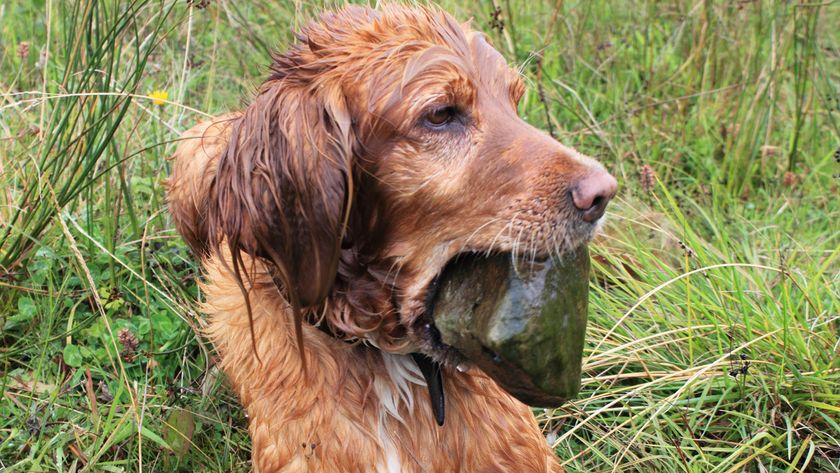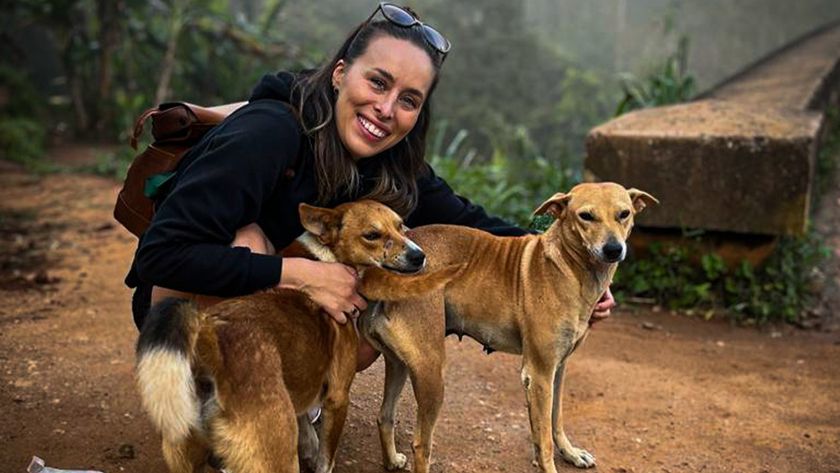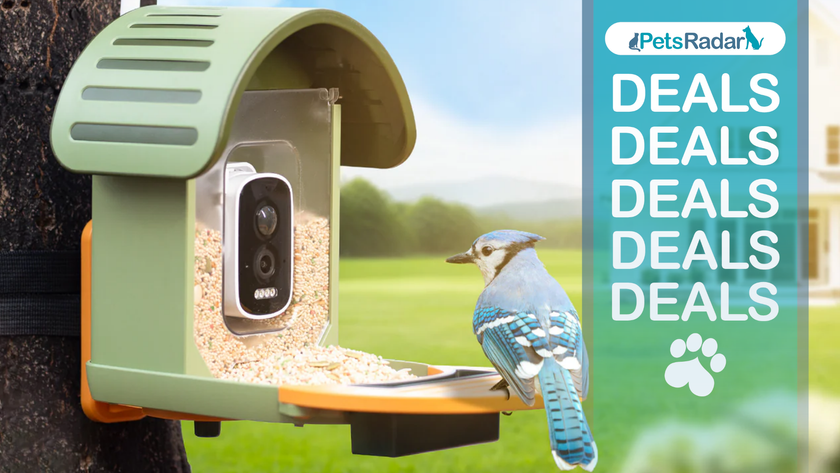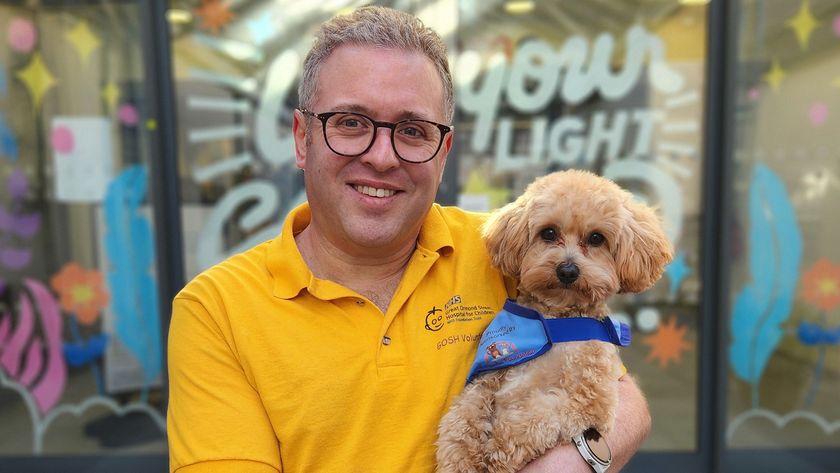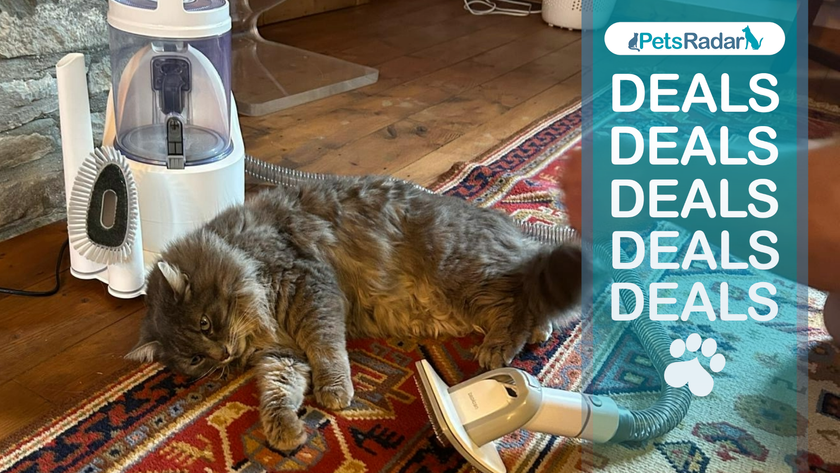Here’s what you should be teaching your dog for a happier relationship
If you’re looking to step outside the box the next time you’re training, you’re in the right place
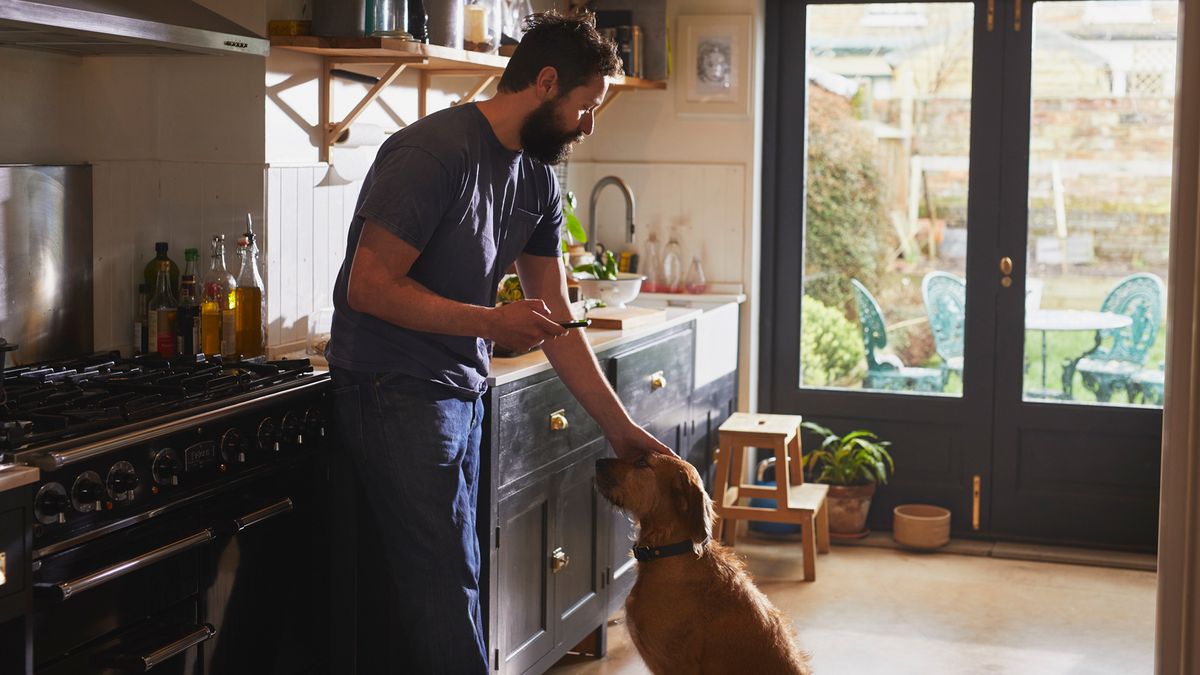
There’s a lot of advice out there for dog parents. A lot. And you’d be forgiven for feeling overwhelmed sometimes. When you don’t have all day every day to train your dog – after all, we all have other commitments too – what should your focus be? What should you prioritize?
It’s not just as simple as obedience training, either. For a well-rounded dog, you’ll want to teach them how to play with you and the best puppy toys for maximum enjoyment, for example. But where do you begin?
Jasmine Kelem, Head Trainer at Golden Mal Dog Training, based in the San Francisco Bay Area, has shared five things to teach your dog in a new Instagram post, and you might be surprised by some of her advice.
A post shared by San Francisco Dog Trainer (@thegoldenmal)
A photo posted by on
The first thing Kelem recommends teaching your dog is what she describes as “offered behaviors”. For example, don’t ask your dog to make eye contact with you, but wait until they do without being prompted, and give them a reward. Or, rather than recalling your pup, start moving away in a new direction and wait for them to follow you. As she explains, “A behavior a dog does by choice will always be stronger than a behavior that can only be requested”.
Kelem then goes on to mention play, and suggests teaching your dog play skills. While it’s easy to give your pup a toy to keep them occupied while you finish off some work or make a phone call – and that’s fine too – she says, “Play shouldn’t just be about your dog playing with their toy, it should be about playing with YOU. The toy is a bridge, not a wall”.
Marker training is the third thing on Kelem’s list. She describes communication as the “foundation to training”, and recommends using a clicker or saying “yes” as a marker to show your dog that they’ve done something right. “My dogs have 5+ markers,” she explains – you can add markers as you go along.
The fourth thing Kelem suggests is “free-shaping”, or teaching your dog to think for themselves. “Free shaping captures a dog’s instinctive behaviors and chosen actions. They lead the session, and you guide them,” she explains – abandon any ideas around where you want the training session to go.
PetsRadar Newsletter
Get the best advice, tips and top tech for your beloved Pets
Leash pressure is the final thing Kelem recommends teaching your dog, particularly if you have a pup who often pulls or doesn’t like wearing one, and you’re wondering how to stop a dog pulling on a leash.
“Reconditioning their response to the leash can be a game changer,” she says. “It’s as simple as walking away until the leash tightens, and rewarding them for following the leash. They’ll learn over time that even just light pressure is a signal to come closer for food.”
These are all great ideas to try, but if you’re struggling with basic training, why not take a look at these 25 practical tips for training your dog on your own instead?

Adam is a freelance journalist specialising in pets, music and culture, and mental health and wellbeing. He investigates and writes the large majority of news on PetsRadar, and collaborates with veterinary experts to produce informative pet care content.
Adam has a journalism degree from Southampton Solent University and a masters degree in Magazine Journalism from Cardiff University. He was previously senior editor at dog advice website DogTime.com, and has also written for The Independent, GoodToKnow and Healthline.
He owns two rescue cats, Bunny and Dougie, and has also previously had a rabbit, fish and Roborovski dwarf hamsters.

